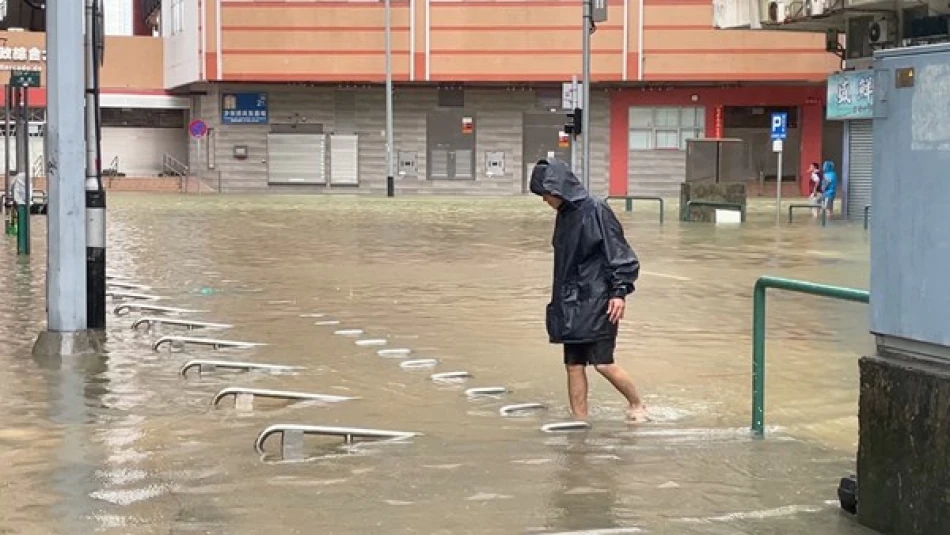
Cyclone 'Rajasa' Hits Southern China, Disrupting Coastal Regions
Typhoon Yagi, the strongest tropical cyclone of 2024, slammed into southern China Wednesday after killing people in Taiwan and battering Hong Kong with powerful winds and heavy rain. Chinese authorities issued their first red alert of the year as the storm approached the densely populated Pearl River Delta region, home to 50 million people across major cities including Guangzhou, Shenzhen, Foshan, and Dongguan.
Chinese maritime authorities warned of massive waves reaching 2.8 meters in parts of Guangdong province as Yagi made landfall about 100 kilometers south of Hong Kong. The storm formed over the western Pacific last week and rapidly intensified into a Category 5 super typhoon Monday, with winds exceeding 260 kilometers per hour, thanks to warm ocean waters and favorable atmospheric conditions.
While Yagi has since weakened to a Category 3 hurricane, it still packs enough punch to topple trees and power lines, shatter windows, and damage buildings. The storm's path puts it directly over some of China's most economically important cities, which form the backbone of the country's manufacturing and tech sectors.
But the Pearl River Delta region has extensive experience dealing with typhoons. "The Pearl River Delta region is one of the most prepared areas for typhoons, so we don't expect major disruptions," said Jim Li, senior energy and climate change expert at the Economist Intelligence Unit research center.
China's emergency management ministry moved quickly, sending tens of thousands of tents, folding beds, emergency lamps, and other rescue supplies to Guangdong province Tuesday. More than 770,000 people were evacuated from the storm's path as authorities prepared for the worst.
Chinese maritime authorities specifically warned about flooding risks in Shenzhen, especially in low-lying areas. They said water level warnings would remain in effect through Thursday as the storm continues to dump rain across the region.
The economic stakes are significant. The Pearl River Delta produces everything from electronics to textiles for global markets. Any extended disruption to ports, factories, or transportation networks could ripple through international supply chains, though the region's typhoon preparedness typically minimizes long-term damage.
Most Viewed News

 Layla Al Mansoori
Layla Al Mansoori






